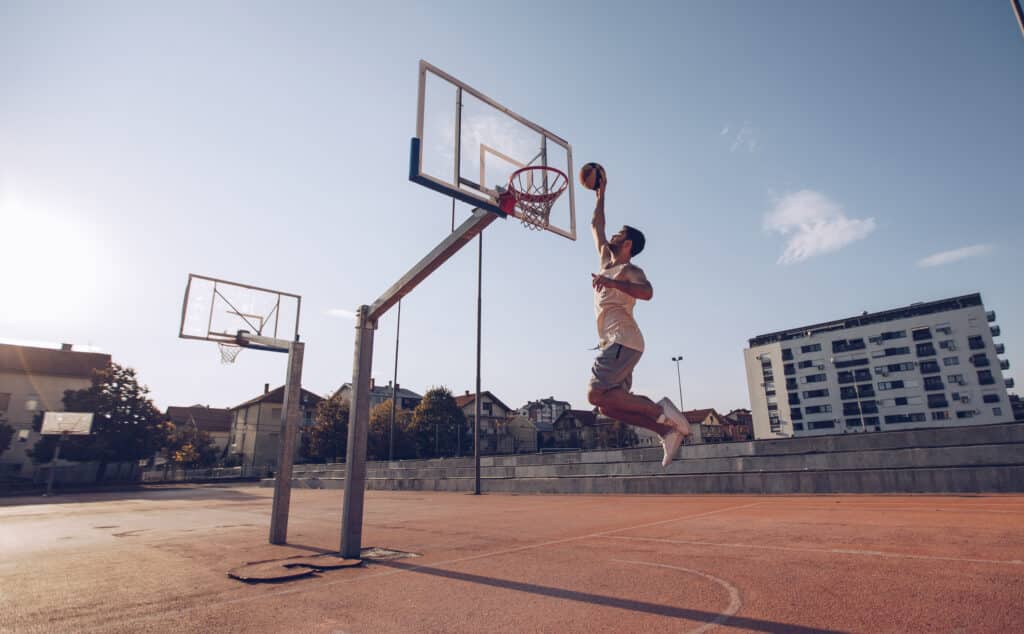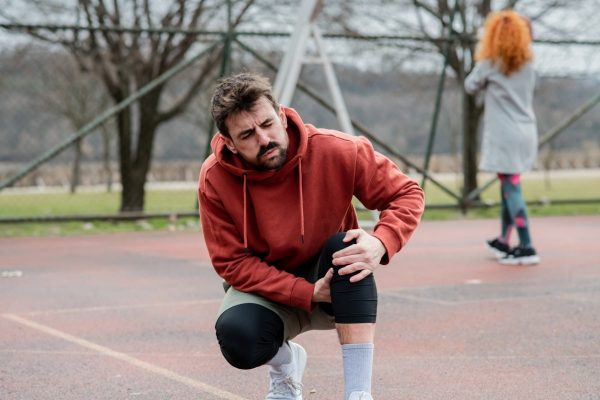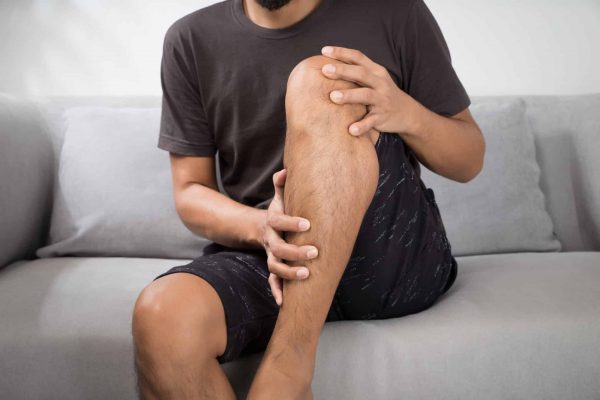
Patellar tendon strain, often known as “jumper’s knee,” is a common injury among athletes and physically active individuals. This condition, characterized by pain and inflammation in the tendon connecting the kneecap (patella) to the shinbone (tibia), can significantly impact mobility and quality of life. Osteopathy, a branch of medicine focused on the body’s musculoskeletal system, offers a holistic and effective approach to managing and treating this condition. In this blog post, we will explore how osteopaths help fix patellar tendon strain and how CARESPACE Health+Wellness utilizes a coordinated care approach to ensure comprehensive treatment and long-term recovery.
Understanding Patellar Tendon Strain
Before diving into the osteopathic approach, it is crucial to understand the nature of patellar tendon strain. The patellar tendon is essential for activities involving knee extension, such as jumping, running, and kicking. Repeated stress and overuse can lead to tiny tears in the tendon, causing pain and inflammation. This condition is particularly prevalent among athletes in sports like basketball, volleyball, and soccer, where repetitive jumping and landing place considerable strain on the tendon.
The Role of Osteopathy in Treating Patellar Tendon Strain
Osteopathy emphasizes the interrelationship between the body’s structure and function offering one of the best ways in treating patellar tendon strain. Osteopaths use their hands to diagnose, treat, and prevent health issues by moving, stretching, and massaging a person’s muscles and joints. Here’s how osteopaths can help treat patellar tendon strain:
1. Comprehensive Assessment
The first step in osteopathic treatment is a thorough assessment of the client. Osteopaths take a detailed medical history and perform a physical examination to understand the extent of the injury and identify any underlying factors contributing to the condition. This holistic approach ensures that the treatment plan addresses not only the symptoms but also the root causes of the strain.
2. Manual Techniques
Osteopaths employ various manual techniques to relieve pain and promote healing. These techniques include:
– Soft Tissue Manipulation: Gentle massage and stretching of the muscles around the knee to reduce tension and improve blood flow to the affected area.
– Joint Mobilization: Techniques to improve the range of motion in the knee and surrounding joints, which can alleviate stress on the patellar tendon.
– Myofascial Release: A method that targets the fascia (connective tissue) to release tightness and improve mobility.
3. Postural and Biomechanical Correction
One of the key aspects of osteopathic treatment is correcting postural and biomechanical imbalances that may contribute to patellar tendon strain. Osteopaths analyze the client’s gait, posture, and movement patterns to identify any abnormalities. They then provide guidance on corrective exercises and lifestyle modifications to prevent further strain and promote optimal function.
4. Rehabilitation Exercises
Osteopaths design personalized rehabilitation programs to strengthen the muscles around the knee and improve flexibility. These exercises are crucial for supporting the tendon during the healing process and preventing future injuries. The rehabilitation plan may include:
– Strengthening Exercises: Focused on the quadriceps, hamstrings, and calf muscles to provide better support to the knee joint.
– Stretching Exercises: To enhance flexibility and reduce tension in the muscles and tendons.
– Balance and Proprioception Training: To improve stability and coordination, reducing the risk of re-injury.
5. Education and Self-Management
Education is a fundamental component of osteopathic care. Osteopaths empower clients with knowledge about their condition, the importance of adherence to the treatment plan, and techniques for self-management. This includes advice on proper footwear, activity modification, and strategies to manage pain and inflammation at home.
How CARESPACE Can Help
At CARESPACE Health+Wellness, we recognize the importance of a multidisciplinary approach to healthcare. Our team of osteopaths, physiotherapists, chiropractors, and other healthcare professionals work together to provide coordinated care tailored to each client’s needs. Here’s how our integrated approach benefits those with patellar tendon strain:
1. Collaborative Assessment and Treatment Planning
Upon your first visit to CARESPACE, our team conducts a comprehensive assessment involving various practitioners. This collaborative approach ensures that all aspects of your health and well-being are considered in your treatment plan. For patellar tendon strain, this might include input from osteopaths, physiotherapists, and fitness trainers to create a holistic and effective treatment strategy.
2. Integrated Manual Treatment
Our osteopaths work closely with other practitioners, such as chiropractors and RMTs, to provide a synergistic treatment approach. This ensures that all manual therapy techniques complement each other, enhancing the overall effectiveness of the treatment.
3. Coordinated Rehabilitation Programs
At CARESPACE, we believe in the power of coordinated rehabilitation. Our osteopaths design exercise programs in collaboration with physiotherapists and fitness trainers. This multidisciplinary approach ensures that your rehabilitation program is comprehensive, addressing all aspects of muscle strength, flexibility, and balance.
4. Ongoing Support and Education
We understand that recovery from patellar tendon strain is a journey that requires continuous support and education. Our team at CARESPACE provides ongoing guidance and resources to help you manage your condition effectively. This includes regular follow-ups, adjustments to your treatment plan as needed, and access to educational materials on injury prevention and self-care.
The Importance of Coordinated Care
Coordinated care is at the heart of CARESPACE’s philosophy. By bringing together a team of healthcare professionals with diverse expertise, we ensure that our clients receive the most comprehensive and effective care possible. For conditions like patellar tendon strain, coordinated care means addressing not just the immediate symptoms but also the underlying causes and contributing factors. This holistic approach promotes faster recovery, reduces the risk of re-injury, and enhances overall health and well-being.
Patellar tendon strain can be a debilitating condition, but with the right approach, recovery is possible. Osteopathy offers a holistic and effective method for managing and treating this condition. At CARESPACE Health+Wellness, we leverage the power of coordinated care to provide comprehensive treatment plans tailored to each client’s unique needs. By combining the expertise of osteopaths, physiotherapists, and other healthcare professionals, we ensure that our clients receive the best possible care, promoting long-term health and recovery. If you are struggling with patellar tendon strain or any other musculoskeletal condition, consider visiting CARESPACE Health+Wellness. Our team is dedicated to helping you achieve your health goals through evidence-based, multidisciplinary care. Contact us today to learn more about how we can support your journey to better health.




